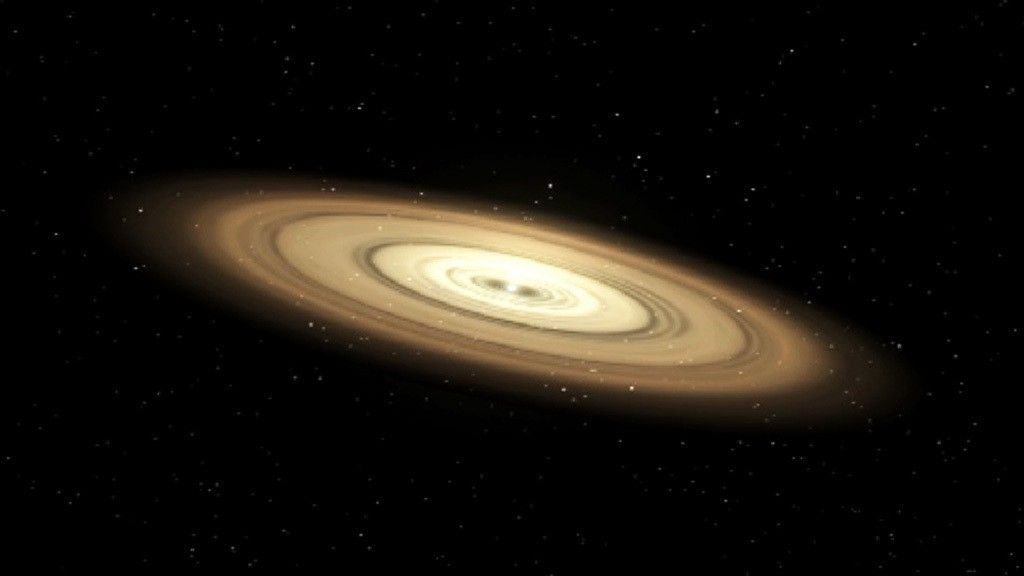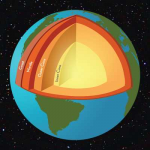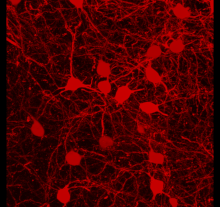acespicoli
Well-known member
May this help us to provide the environment necessary for plants to thrive 
Id like to see problems and success of different scenarios
and critique the physiology behind those observations
Discuss different theories etc...

Jan Baptist van Helmont
published what is considered the first quantitative experiment in plant physiology in 1648. He grew a willow tree for five years in a pot containing 200 pounds of oven-dry soil. The soil lost just two ounces of dry weight and van Helmont concluded that plants get all their weight from water, not soil. In 1699, John Woodward published experiments on growth of spearmint in different sources of water. He found that plants grew much better in water with soil added than in distilled water.
Stephen Hales is considered the Father of Plant Physiology for the many experiments in the 1727 book, Vegetable Staticks;[10] though Julius von Sachs unified the pieces of plant physiology and put them together as a discipline. His Lehrbuch der Botanik was the plant physiology bible of its time.[11]
Researchers discovered in the 1800s that plants absorb essential mineral nutrients as inorganic ions in water. In natural conditions, soil acts as a mineral nutrient reservoir but the soil itself is not essential to plant growth. When the mineral nutrients in the soil are dissolved in water, plant roots absorb nutrients readily, soil is no longer required for the plant to thrive. This observation is the basis for hydroponics, the growing of plants in a water solution rather than soil, which has become a standard technique in biological research, teaching lab exercises, crop production and as a hobby

Plant physiologists study fundamental processes of plants, such as photosynthesis, respiration, plant nutrition, plant hormone functions, tropisms, nastic movements, photoperiodism, photomorphogenesis, circadian rhythms, environmental stress physiology, seed germination, dormancy and stomata function and transpiration. Plant physiology interacts with the fields of plant morphology (structure of plants), plant ecology (interactions with the environment), phytochemistry (biochemistry of plants), cell biology, genetics, biophysics and molecular biology.

Id like to see problems and success of different scenarios
and critique the physiology behind those observations
Discuss different theories etc...
Jan Baptist van Helmont
published what is considered the first quantitative experiment in plant physiology in 1648. He grew a willow tree for five years in a pot containing 200 pounds of oven-dry soil. The soil lost just two ounces of dry weight and van Helmont concluded that plants get all their weight from water, not soil. In 1699, John Woodward published experiments on growth of spearmint in different sources of water. He found that plants grew much better in water with soil added than in distilled water.
Stephen Hales is considered the Father of Plant Physiology for the many experiments in the 1727 book, Vegetable Staticks;[10] though Julius von Sachs unified the pieces of plant physiology and put them together as a discipline. His Lehrbuch der Botanik was the plant physiology bible of its time.[11]
Researchers discovered in the 1800s that plants absorb essential mineral nutrients as inorganic ions in water. In natural conditions, soil acts as a mineral nutrient reservoir but the soil itself is not essential to plant growth. When the mineral nutrients in the soil are dissolved in water, plant roots absorb nutrients readily, soil is no longer required for the plant to thrive. This observation is the basis for hydroponics, the growing of plants in a water solution rather than soil, which has become a standard technique in biological research, teaching lab exercises, crop production and as a hobby
Plant physiologists study fundamental processes of plants, such as photosynthesis, respiration, plant nutrition, plant hormone functions, tropisms, nastic movements, photoperiodism, photomorphogenesis, circadian rhythms, environmental stress physiology, seed germination, dormancy and stomata function and transpiration. Plant physiology interacts with the fields of plant morphology (structure of plants), plant ecology (interactions with the environment), phytochemistry (biochemistry of plants), cell biology, genetics, biophysics and molecular biology.
Last edited:








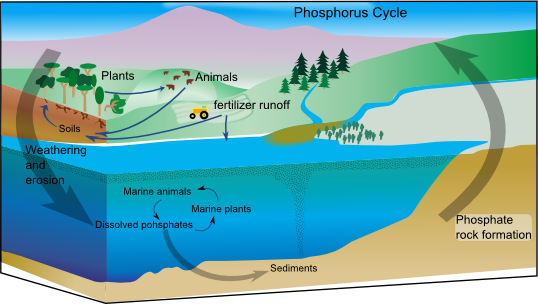

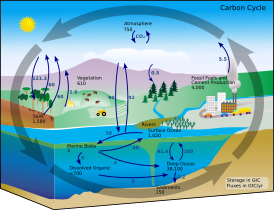
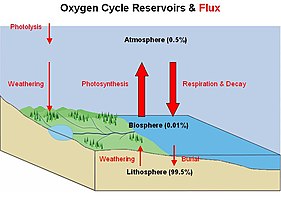
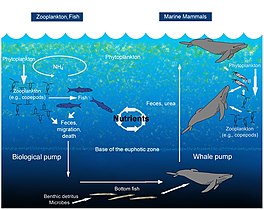
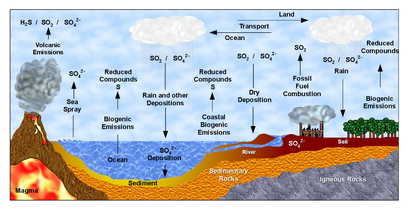



![Kerogen cycle[51][52] Kerogen cycle[51][52]](https://upload.wikimedia.org/wikipedia/commons/thumb/2/21/Organic_carbon_cycle_including_the_flow_of_kerogen.png/348px-Organic_carbon_cycle_including_the_flow_of_kerogen.png)




